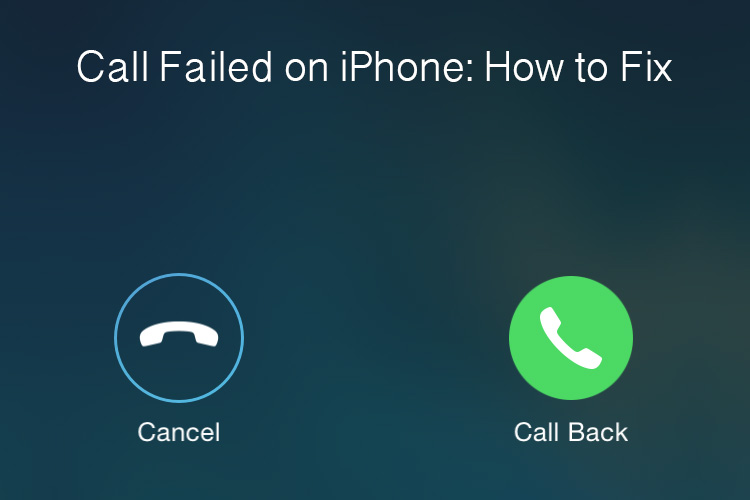In today’s digital age, having a reliable internet connection is essential. Whether you’re browsing the web, streaming videos, or accessing online services, it’s important to ensure that your connection to a website is stable and responsive. One way to test the connectivity and responsiveness of a website is by pinging it. In this comprehensive guide, we will walk you through the process of pinging a website from your Android phone, providing you with valuable insights and actionable solutions.
Before we dive into the specifics of pinging a website from your Android phone, let’s first understand what a ping is and why it is important. In simple terms, a ping is a network utility that measures the round-trip time for data packets sent from your device to a specific IP address or domain name and back. It helps determine whether a device or server is reachable and how long it takes for data to travel between them.
Pinging is commonly used to troubleshoot network connectivity issues and assess the responsiveness of a website or server. By sending small packets of data to the target IP address or domain, you can gauge the time it takes for the packets to reach the destination and receive a response. The lower the response time, the better the connection and overall performance.
The Significance of Response Time
Response time plays a crucial role in determining the efficiency and reliability of a website. It depends on various factors, including your internet connection, the remote server, and the DNS server you are using. Additionally, the number of requests your internet connection is handling at any given moment can also impact response time.
The response time is measured in milliseconds (ms), and a lower value indicates a faster and more responsive website. Monitoring the response time helps identify potential issues with the connection or server and ensures that users can access and interact with the website seamlessly.
How to Ping a Website from Your Android Phone
Now that we have a basic understanding of pinging and its importance, let’s explore how you can ping a website from your Android phone. Thankfully, the Google Play Store offers several apps that can assist you in performing this task. Here’s a step-by-step guide:
Step 1: Download and Install Terminal Emulator for Android
To get started, head over to the Google Play Store and search for “Terminal Emulator for Android.” Download and install the app on your Android phone. This app provides you with a command-line interface where you can execute various commands, including the ping command.
Step 2: Launch Terminal Emulator for Android
Once the app is installed, launch it from your app drawer or home screen. You will be presented with a command-line interface, similar to what you would find on a computer.
Step 3: Execute the Ping Command
In the terminal window, type the following command:
ping -c [number] [domain]
Replace [number] with the desired number of times you want to ping the website. For instance, if you want to ping the website five times, the command will look like this:
ping -c 5 www.example.com
Replace [domain] with the domain name or subdomain of the website you wish to ping. You don’t need to type the entire domain name; a specific subdomain or keyword from the website will suffice.
Step 4: Analyzing the Results
After executing the ping command, you will see the results displayed in the terminal window. Each line represents a ping request sent to the website, along with the response time. Additionally, you will also see statistics indicating the packet loss, round-trip time, and other relevant information.
Analyzing the results can give you insights into the stability and responsiveness of the website. A lower response time and minimal packet loss indicate a healthy connection, while a higher response time and significant packet loss may suggest network issues or server problems.
Understanding Ping Options and Customizations
While the basic ping command we discussed earlier is sufficient for most purposes, there are additional options and customizations you can explore to further enhance your ping experience. Here are a few notable ones:
-c [number]
As we mentioned earlier, the -c option allows you to specify the number of times you want to ping the website. This can be useful if you want to monitor the website’s connection continuously or perform a specific number of pings for analysis.
-s [size]
The -s option allows you to specify the size of the packets sent during the ping. By default, the ping command sends packets of 56 bytes. However, you can customize this size to accommodate your specific requirements.
-i [interval]
The -i option allows you to set the interval between each ping request. By default, the ping command sends requests continuously without any pause. However, you can use this option to introduce a delay between each request, making it easier to analyze the results.
-t [ttl]
The -t option allows you to set the Time-To-Live (TTL) value for the ping packets. The TTL determines the maximum number of hops (routers) the packets can traverse before being discarded. By modifying the TTL, you can simulate different network conditions and assess how the website responds.
Conclusion
Pinging a website from your Android phone is a valuable tool for assessing connectivity and gauging the responsiveness of a website or server. By following the steps outlined in this guide, you can easily ping any website of your choice and analyze the results to ensure a reliable and efficient internet connection.
Remember, response time is a crucial factor in determining the performance of a website. By monitoring and understanding the ping results, you can identify potential issues and take appropriate actions to improve the overall user experience.
So, the next time you want to check the connectivity of a website or troubleshoot network problems, don’t forget to use the ping command on your Android phone. Happy pinging!








